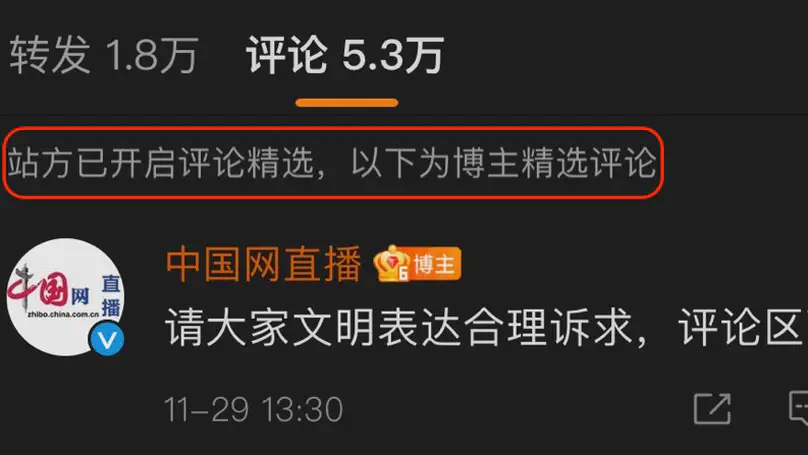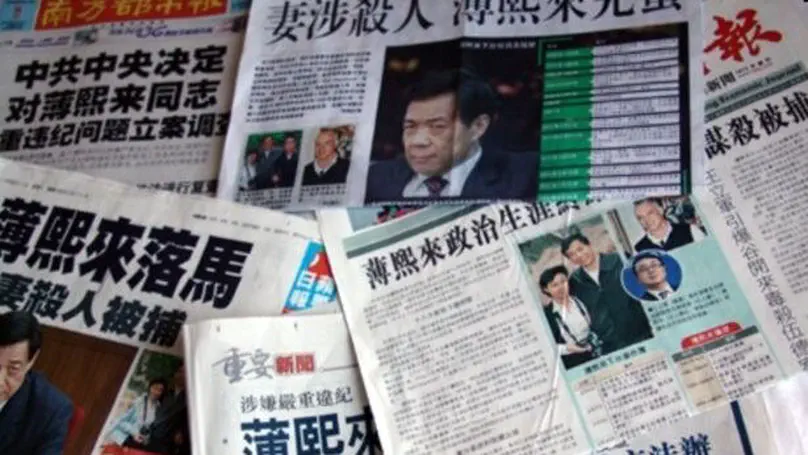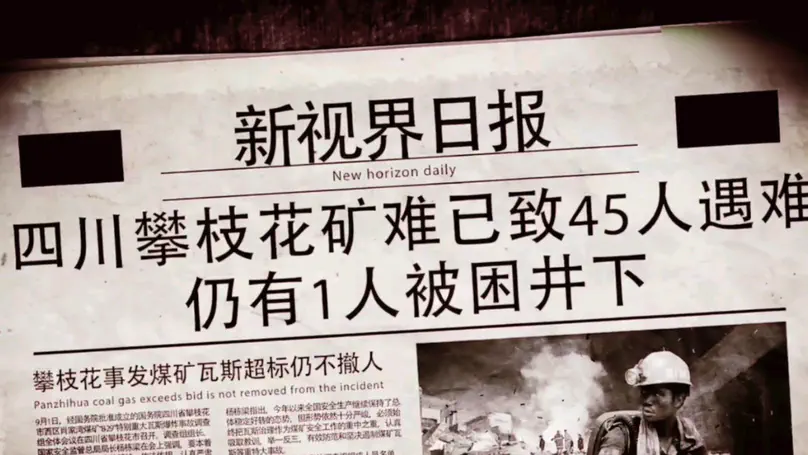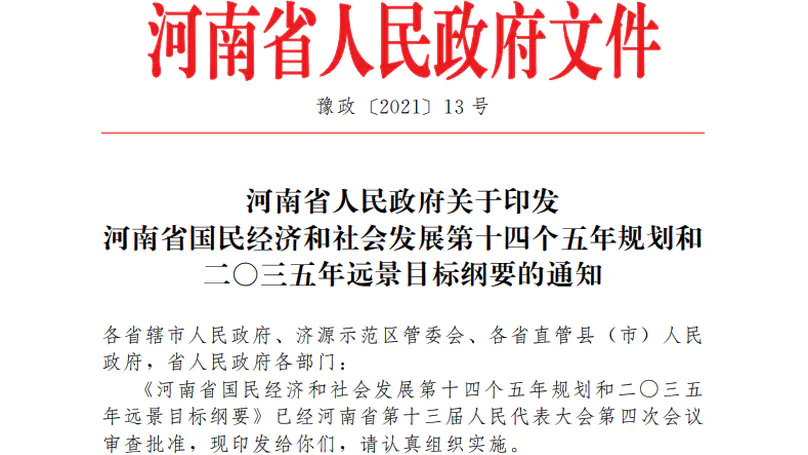Biography
Leo Y. Yang is a Postdoctoral Scholar at Stanford Center on China’s Economy and Institutions (SCCEI). He received a PhD in Political Science (with a Specialization in Computational Social Science) at the University of California, San Diego (UCSD) in 2023. He is currently the Computational Social Science Fellow of the UC Institute on Global Conflict and Cooperation (IGCC). His research interests include computational social science, text as data, and development economics. His research focuses on how media (like newspapers and Weibo) influences social and political issues. He is trained as a data scientist who is capable of collecting, cleaning, and using big data to analyze the social phenomenon.
Download my resumé.
- Computational Social Science
- Text as Data
- Development Economy
-
Ph.D. in Political Science (with a Specialization in Computational Social Science), 2023
University of California San Diego
-
M.Phil in Social Science, 2016
Hong Kong University of Science and Technology
-
Master in Finance, 2014
Xiamen University
-
BSc in Internationcal Business and Trade, 2010
Xiamen University, Tan Kah Kee College
Research
Peer-Reviewed Articles and Working Papers

In this paper, I explore the unexpected consequences of Weibo’s geographic tagging policy in China, a case study that offers broader insights into information control in authoritarian regimes. Intended to “Build a National Wall” against overseas influence, this policy inadvertently created “Provincial Walls” within the country. Using unique high-frequency panel data from 200 influential Weibo accounts and a data leakage incident, coupled with a rigorous methodological approach, I demonstrate that the policy effectively reduces public discourse and regime-threatening information. However, it does so not by suppressing overseas users but by deterring domestic users from engaging in out-of-province discussions. This policy also has unintended effects, such as strengthening local identities, which can intensify geo-group division at the expense of national cohesion, and heighten cross-provincial conflict, potentially exacerbating social tensions. These findings reveal the complex impacts of user tagging policies in authoritarian regimes. While they may offer short-term benefits in controlling information, they can also create long-term challenges by aggravating the dictator’s informational dilemma and fostering conditions conducive to collective action.

In this study, we examine the moderation of comment sections by government-affiliated accounts on Sina Weibo, a popular social media platform in China. While previous research has examined the separate strategies of censorship and propaganda used by authoritarian regimes to control information, our work aims to bridge the gap by examining the intersection of these two tactics in China. Specifically, we focus on how government-affiliated accounts use propaganda content and censor undesirable comments under their posts. We utilize a unique, high-frequency dataset and conduct two survey experiments to answer three research questions. First, why and when government-affiliated accounts choose to moderate their comment sections? Second, what are the causal effects of comment section censorship on remaining content and user engagement. Third, how does comment section moderation influence public opinion by altering second-order beliefs.

Employing news reports that appeared in Chinese national and local newspapers (2000 - 2014) coupled with data on the networks of elites, we find that local bureaucrats connected to strong national leaders tend to criticize members of weaker factions in politically damaging news reports. These adverse reports indeed harm the promotion prospects of the province leaders reported on in the articles, weakening the already weak factions and expanding the relative power of the strong factions.

Using a panel on the political turnovers of 1,201 prefecture leaders in China during 2002-2012, I find that, of all 1,816 serious coal mine accidents, even controlling for the number of deaths they caused, only those with exceptionally higher media coverage have the effect of significantly reducing the prospects of local leaders' promotion.

Analyzing a large corpus of central and local policy documents published by the Chinese government between 2006 and 2017, we identify a typology of three main patterns, top-down (central policy signal predates local diffusion), bottom-up (local diffusion predates central signal and is unperturbed by later central signals), and hybrid (limited local diffusion is significantly augmented by central signal). We find that truly bottom-up diffusion is quite rare in Hu’s or Xi’s administration. Under Xi, however, top-down surpassed hybrid as the dominant mode of diffusion.
Data Insights
Exploring Politics, Economics, and Society through Data-Driven Insights
Contact
- leoyang@ucsd.edu
- +1 (858) 405-2327
- Room 351, Social Sciences Building, UCSD, La Jolla, CA 92093